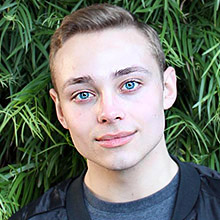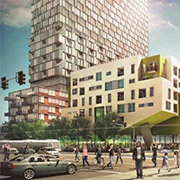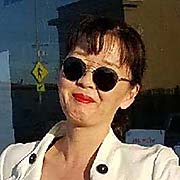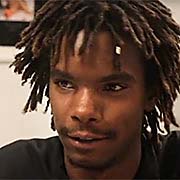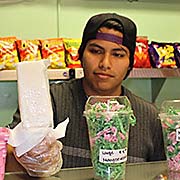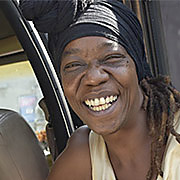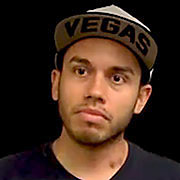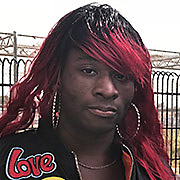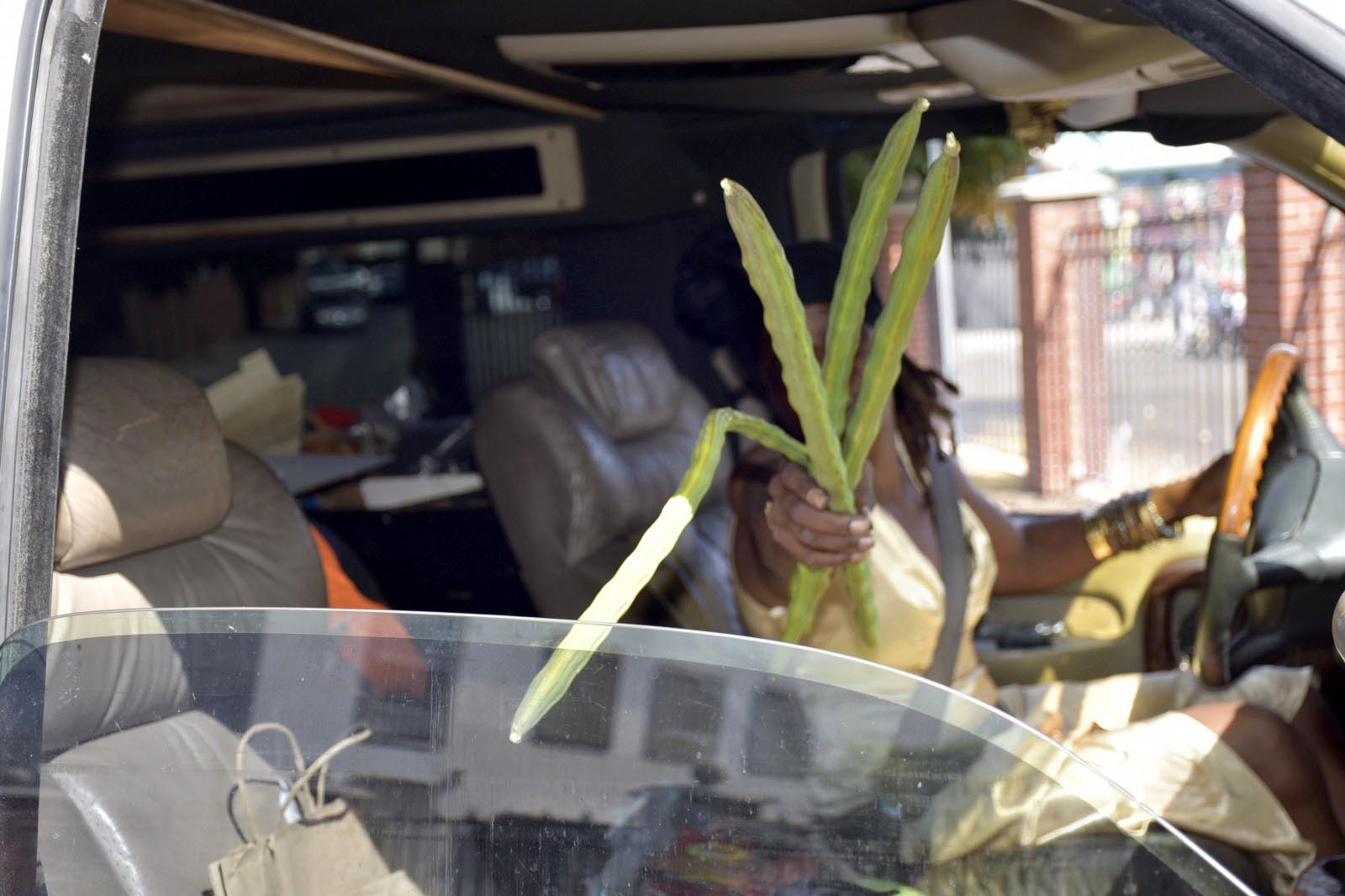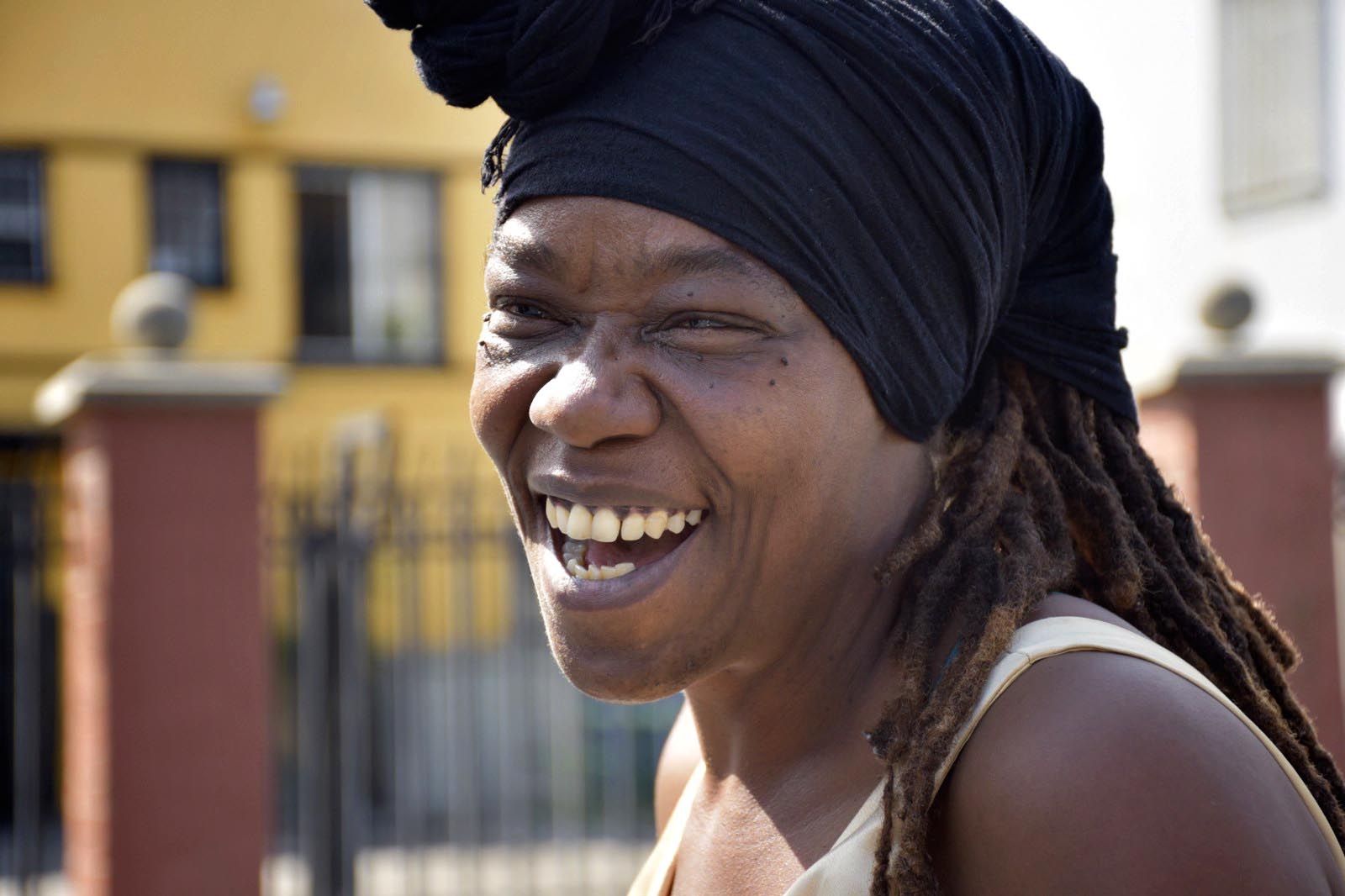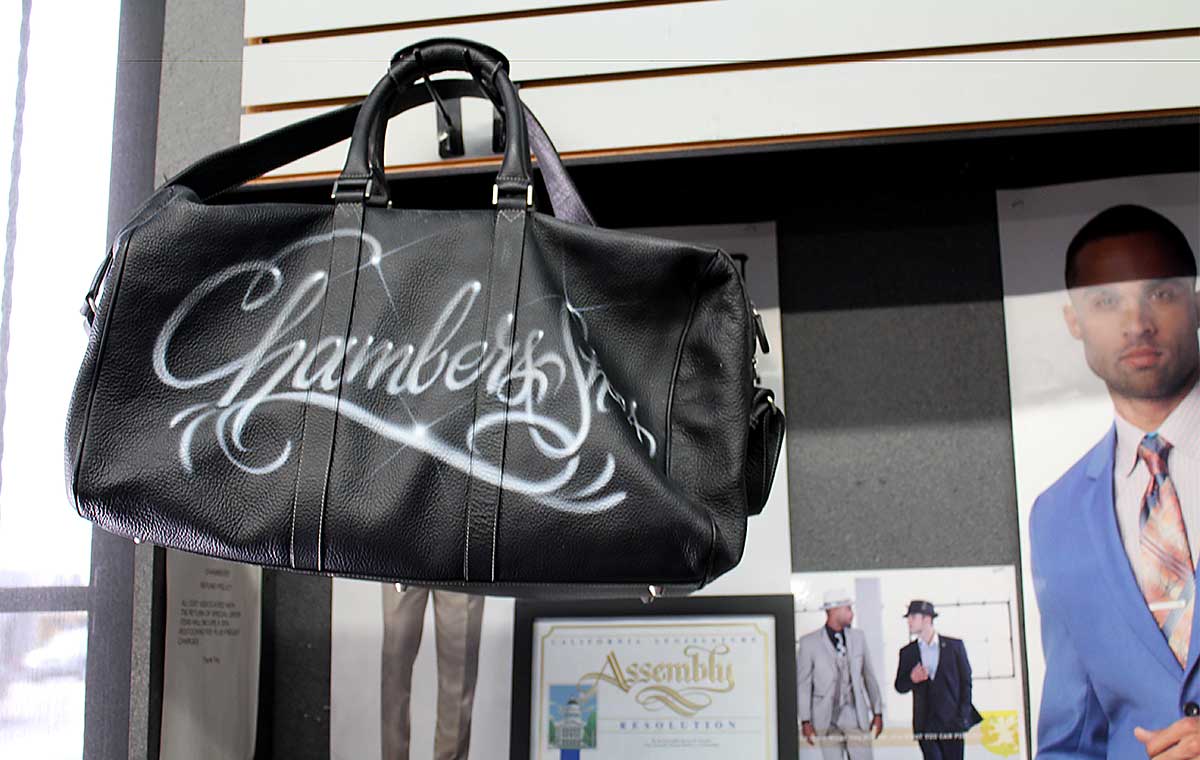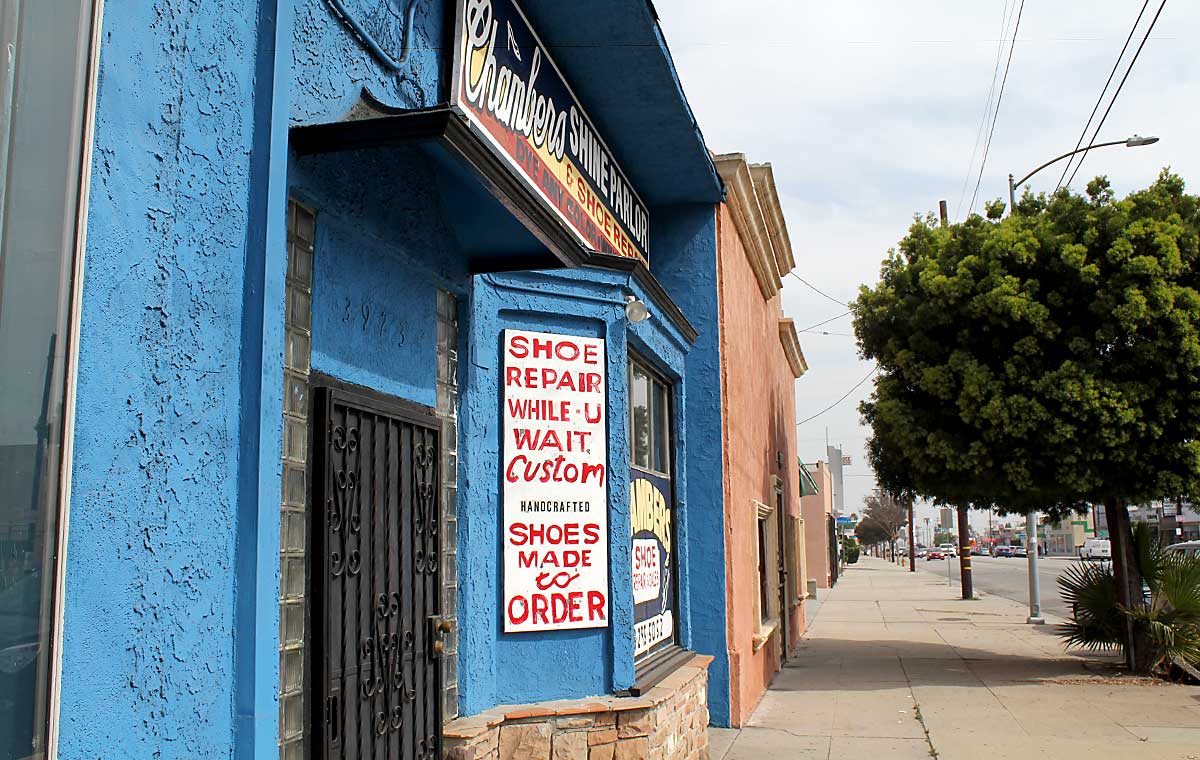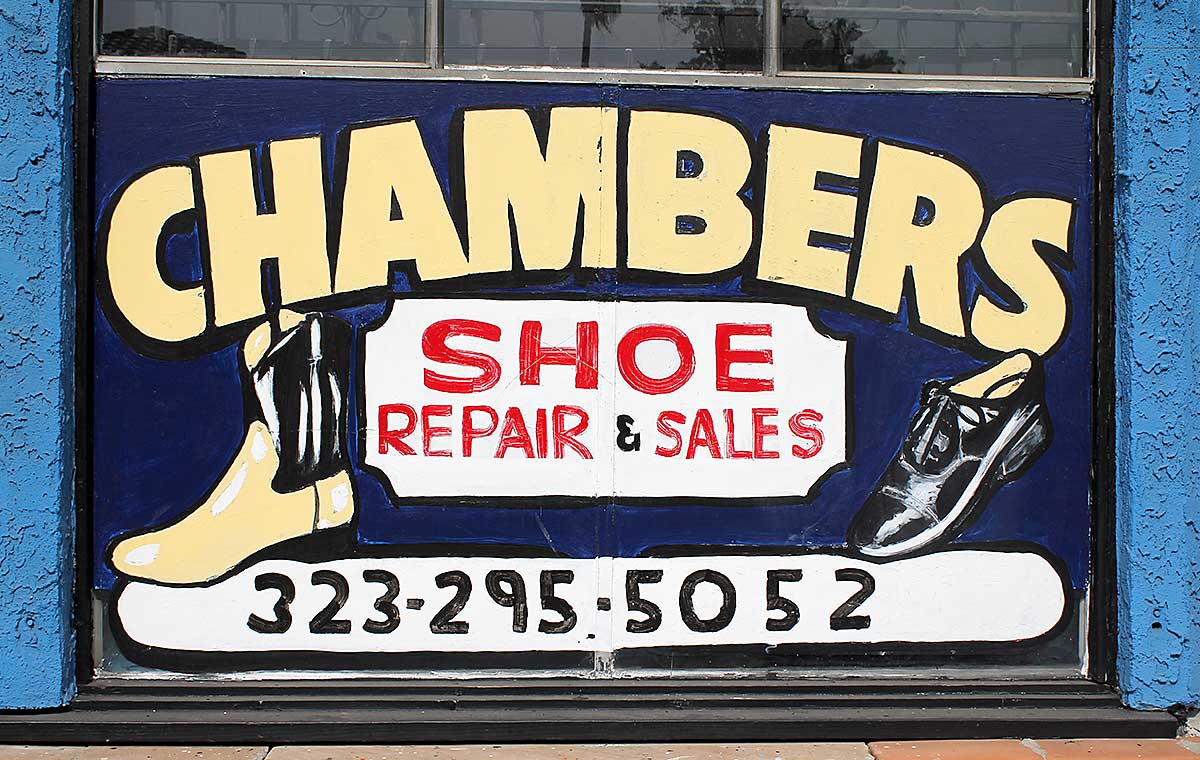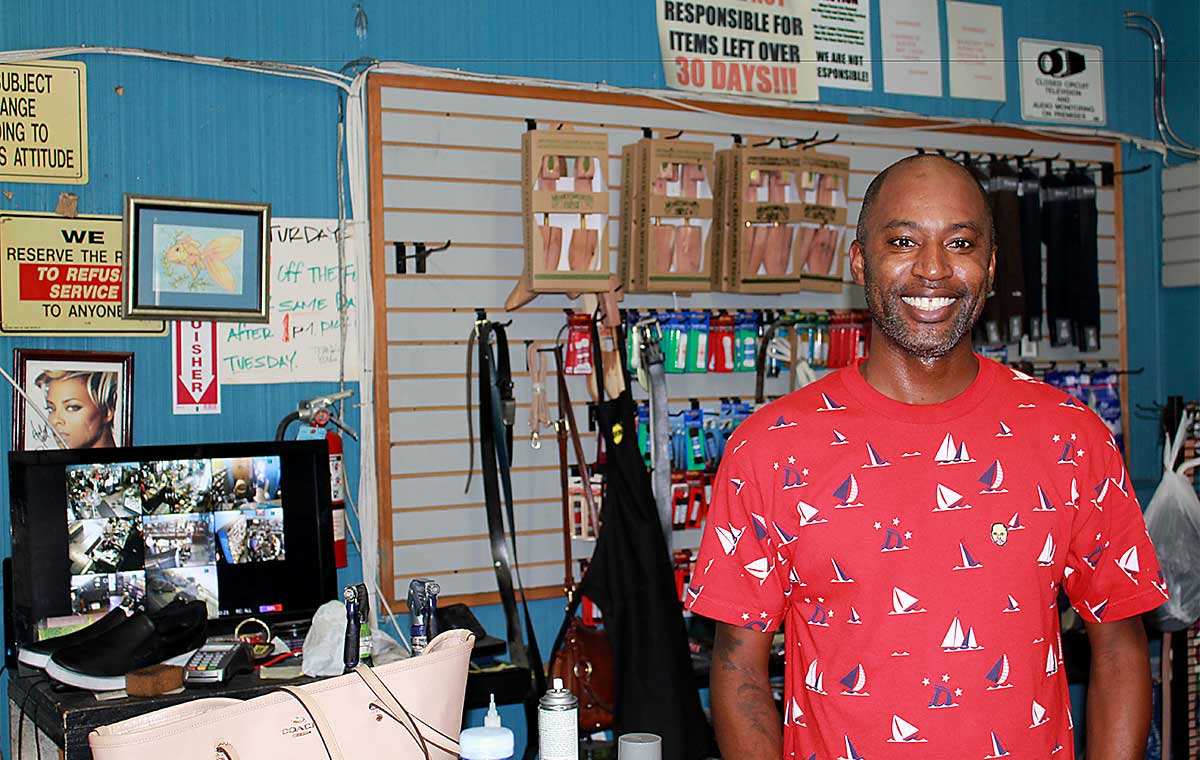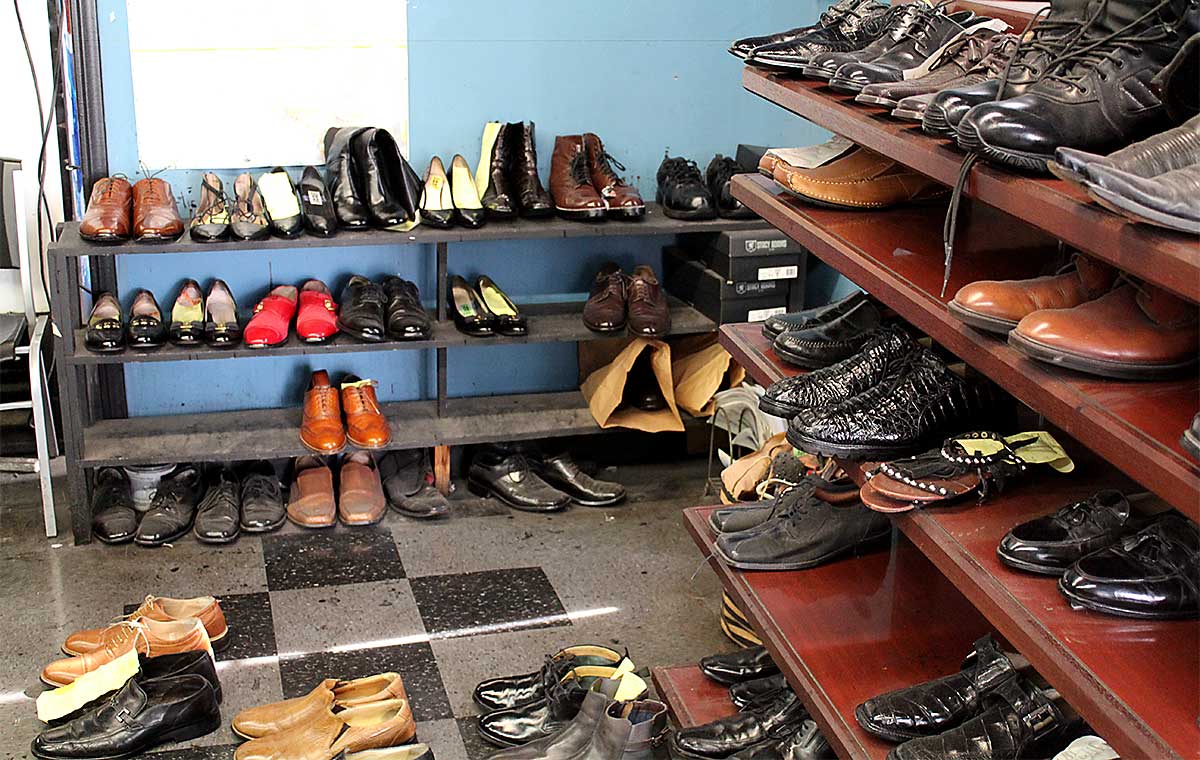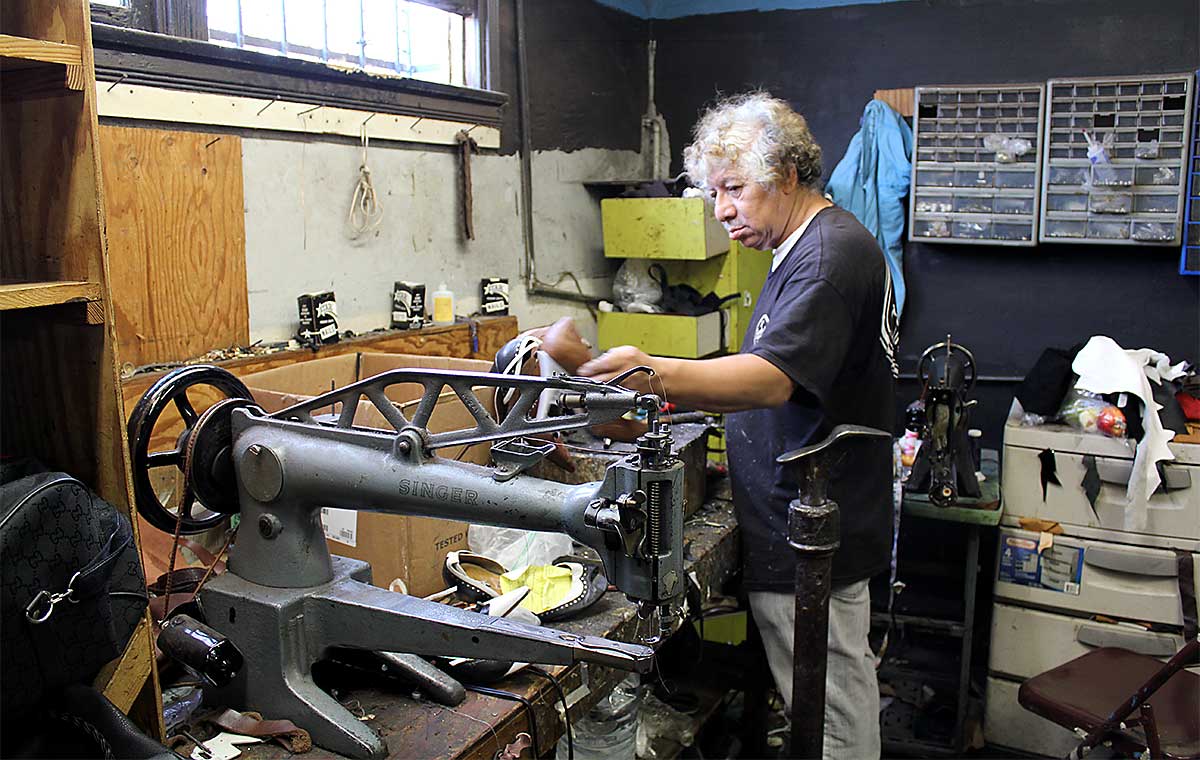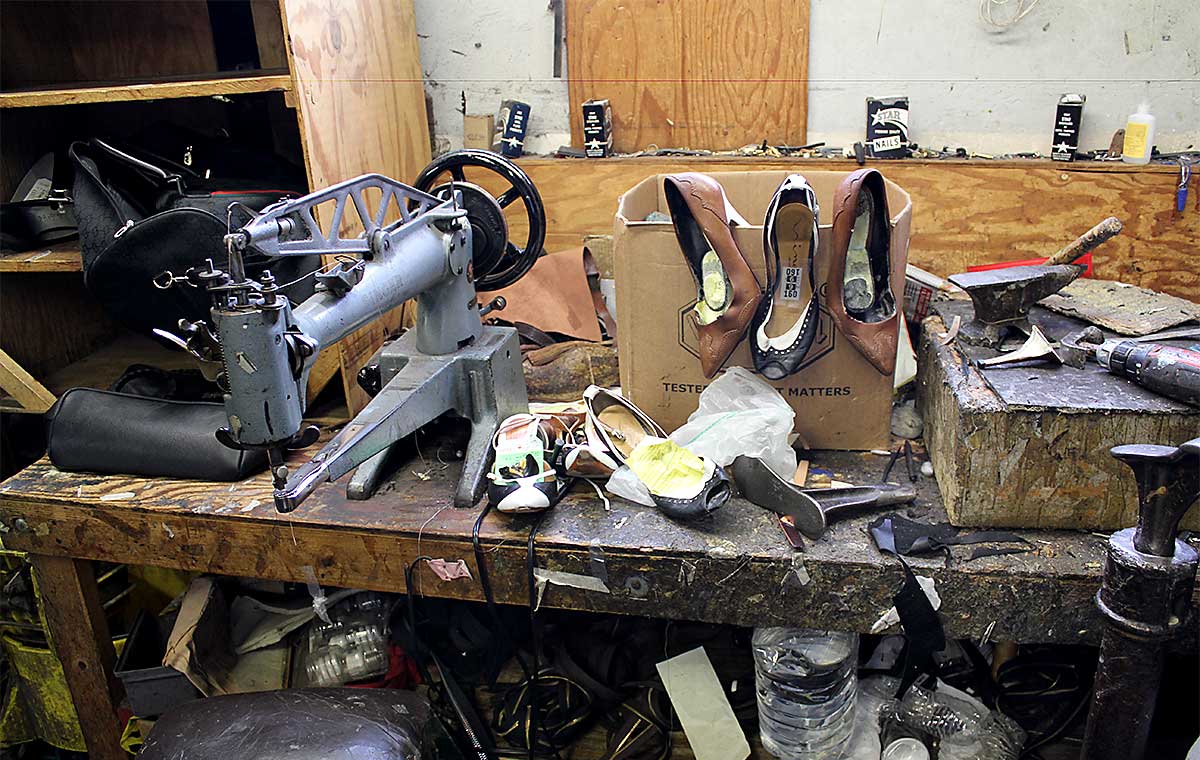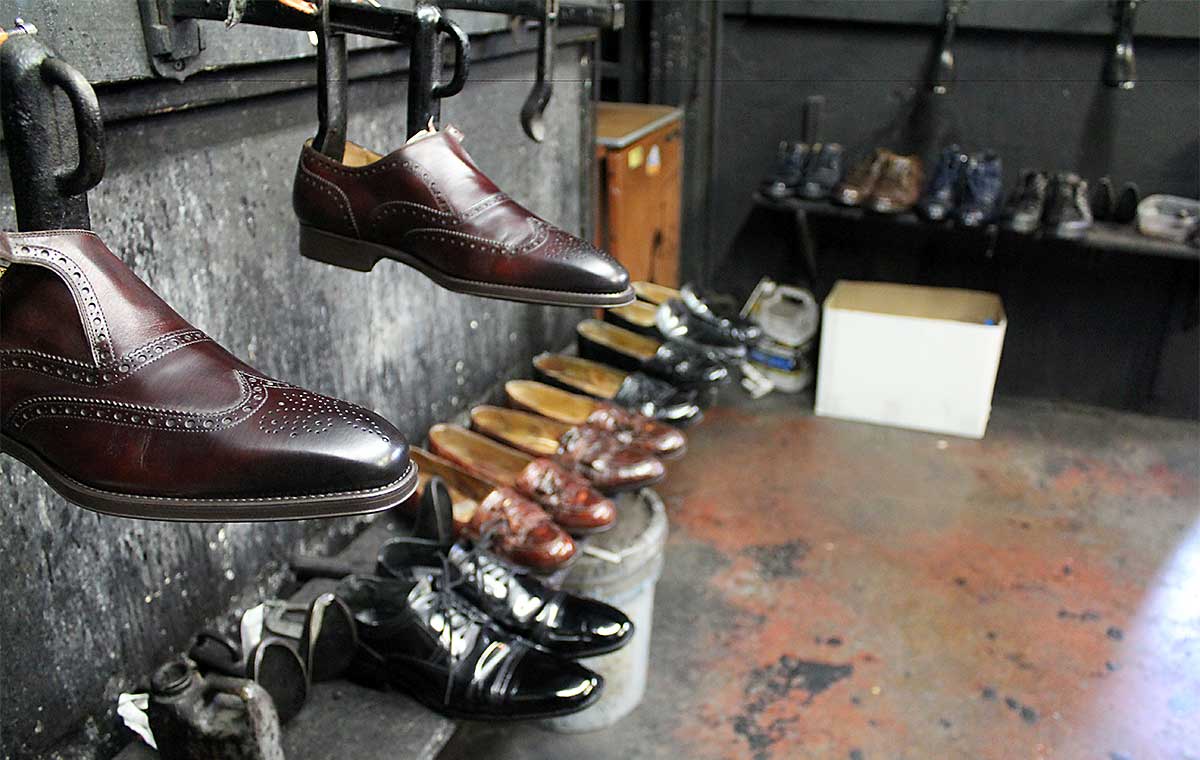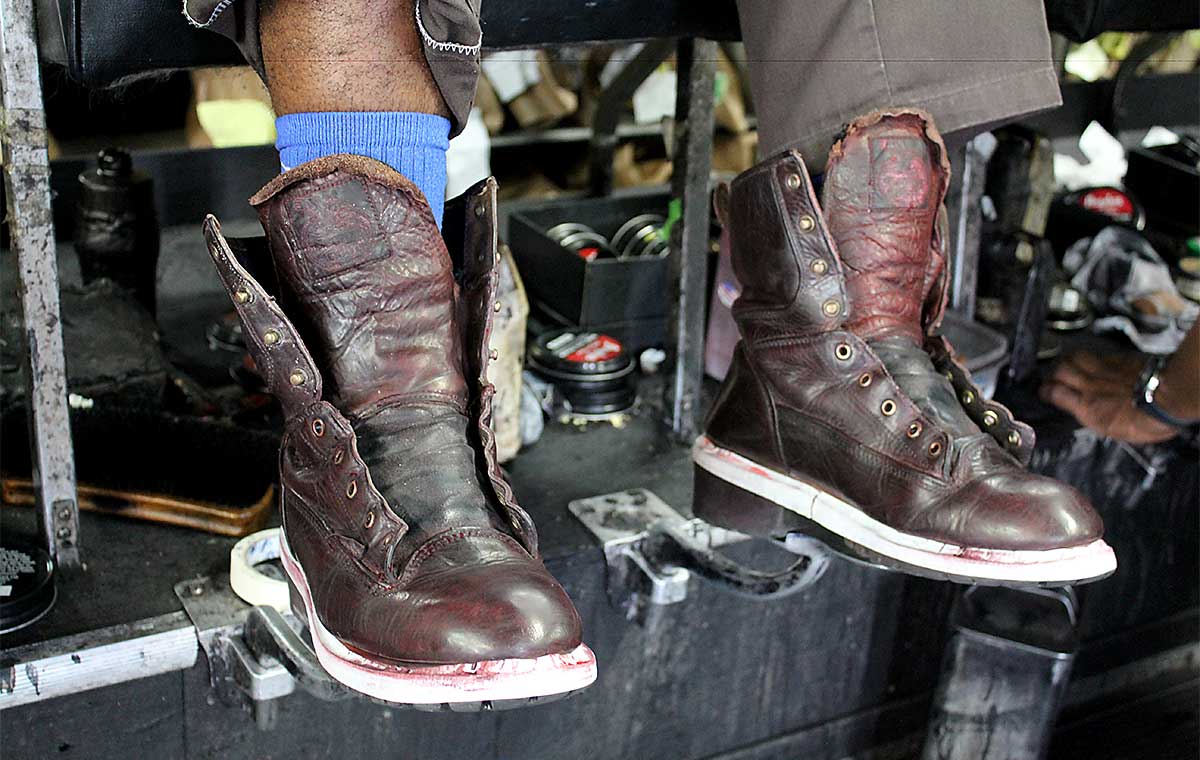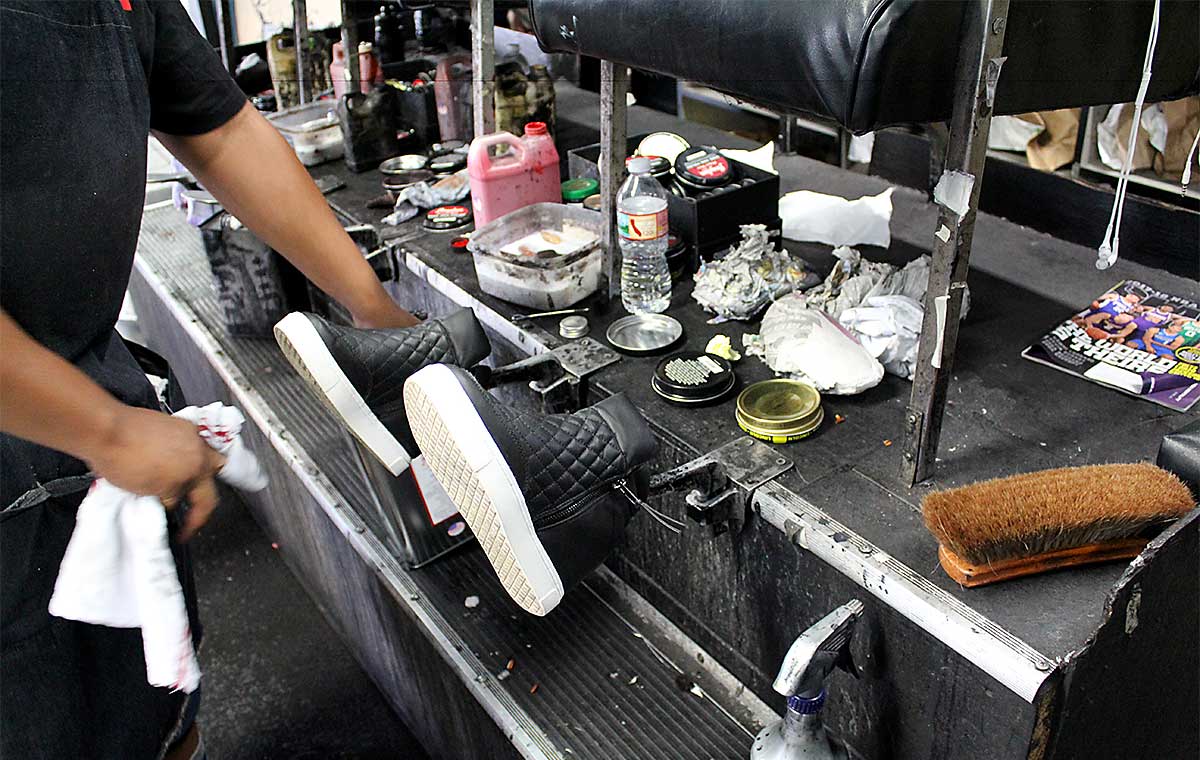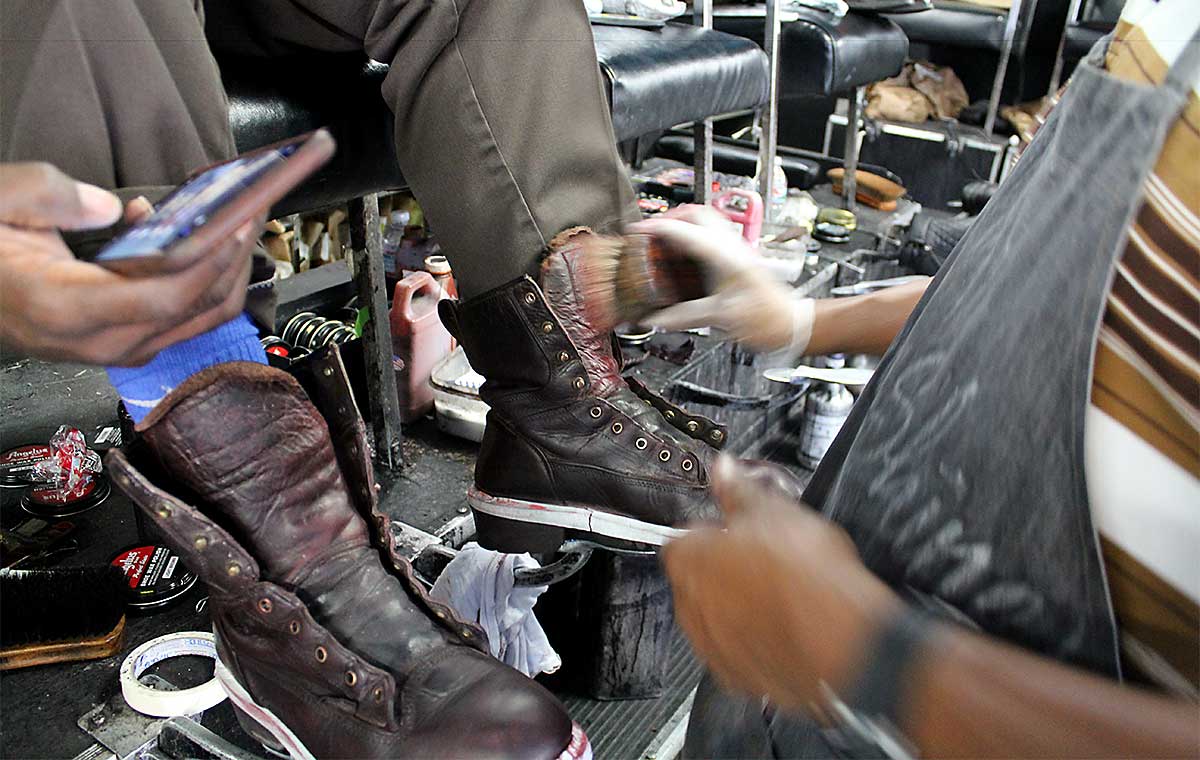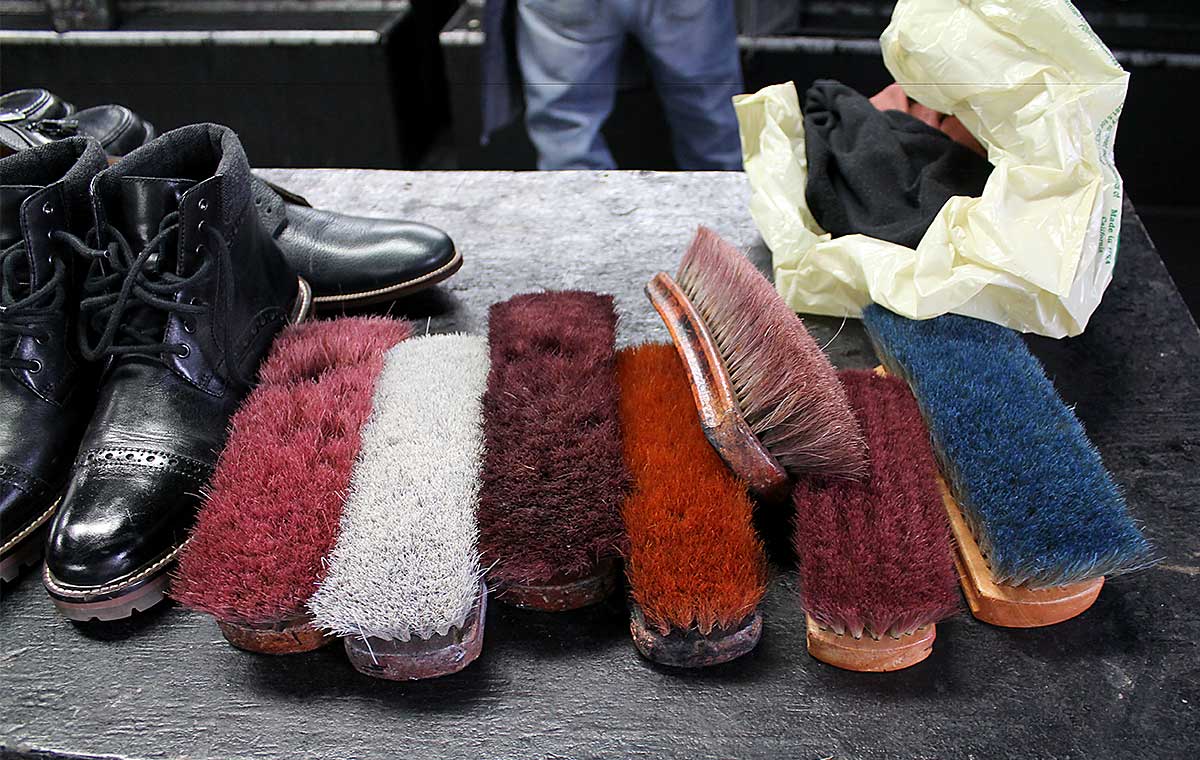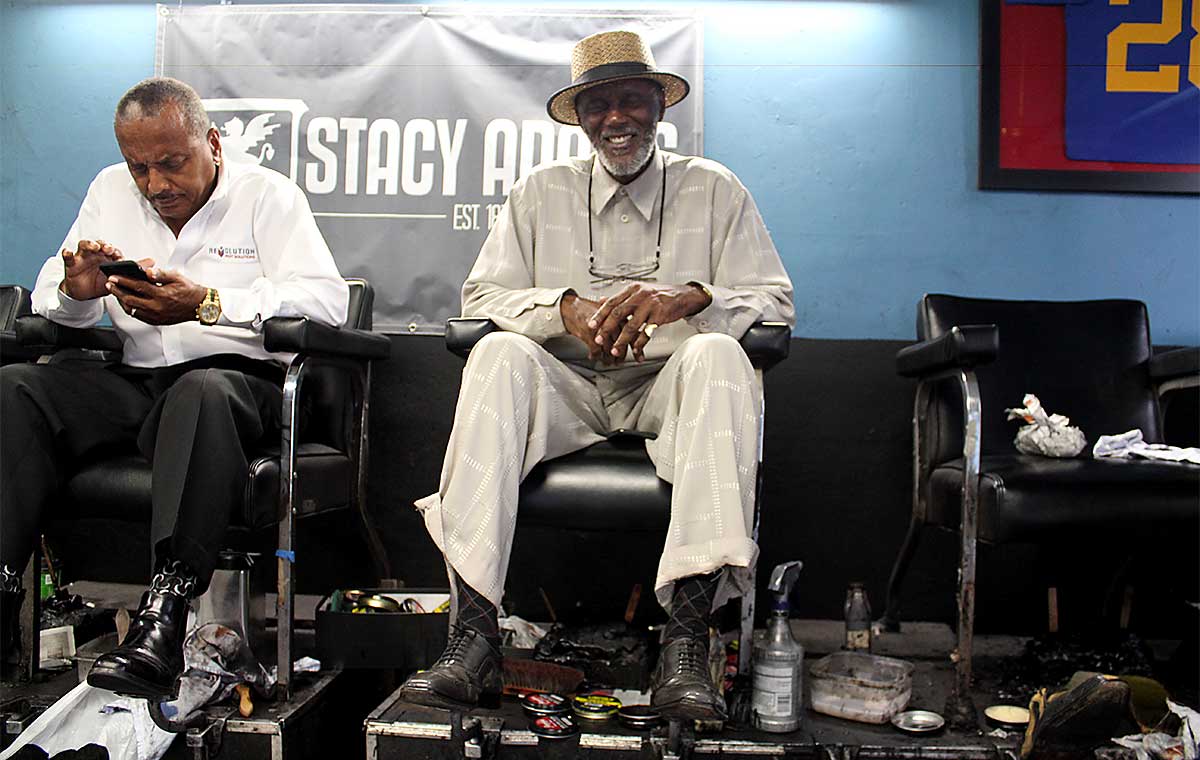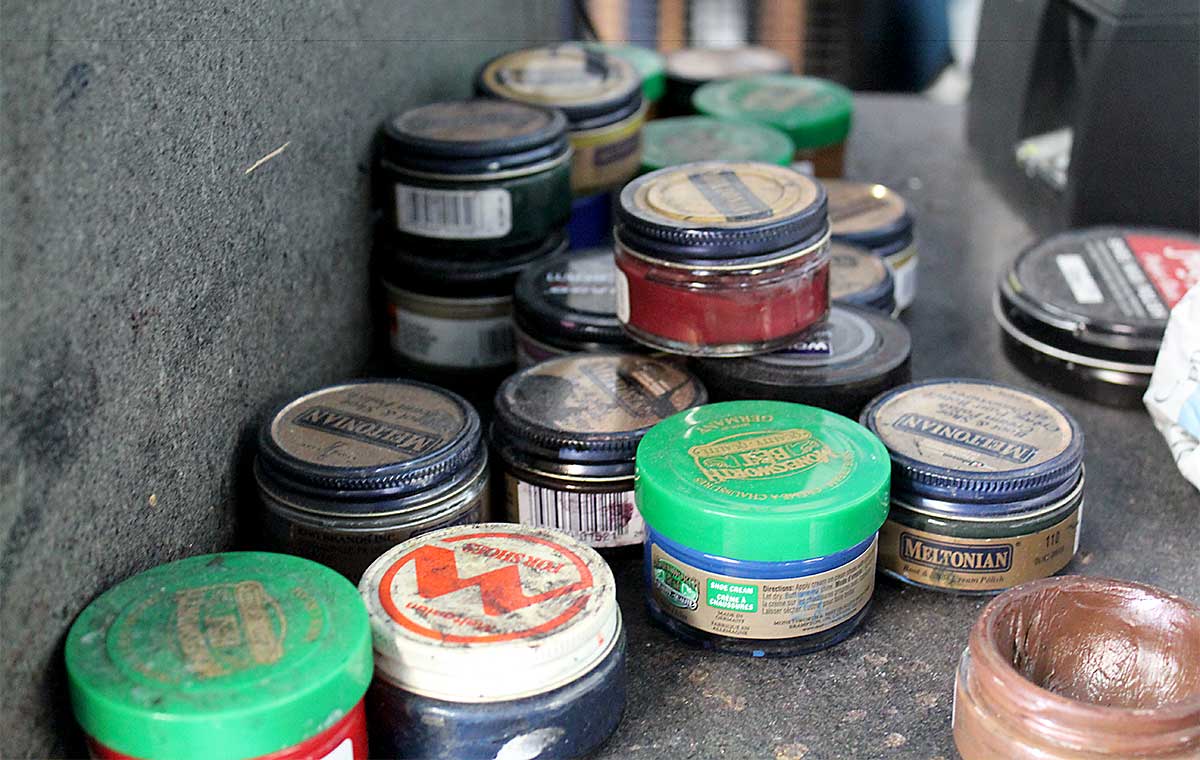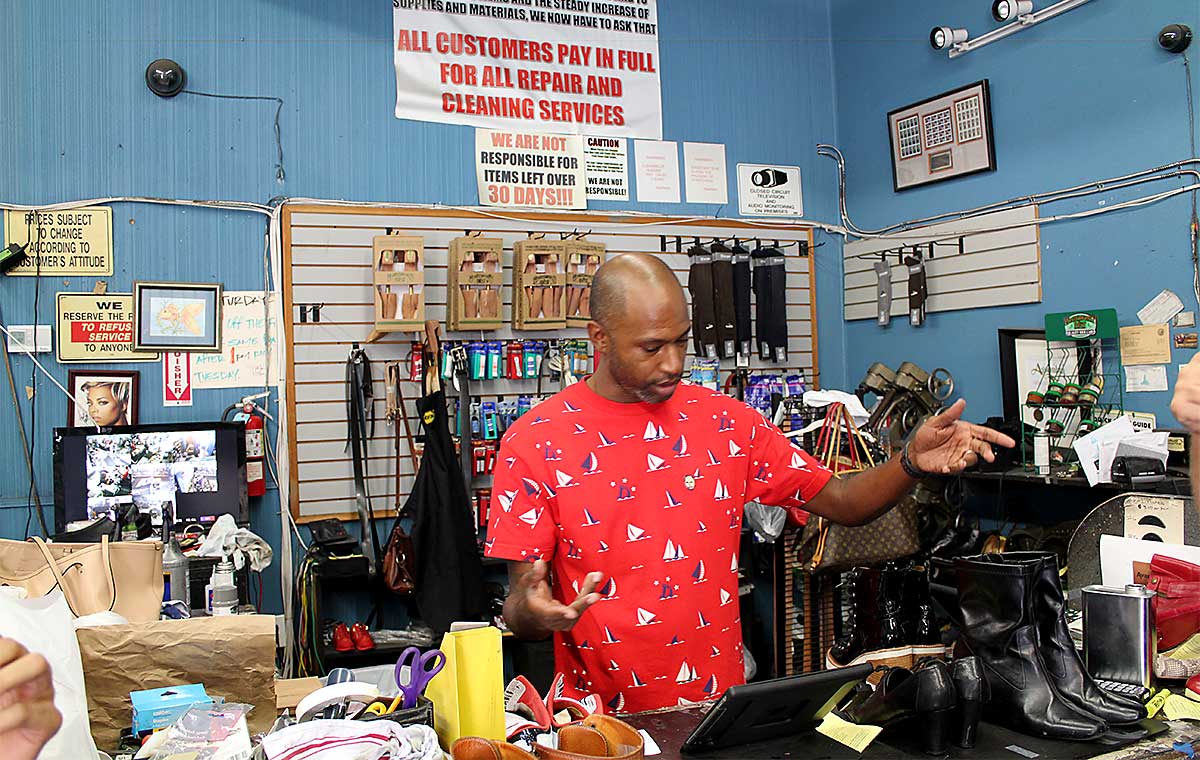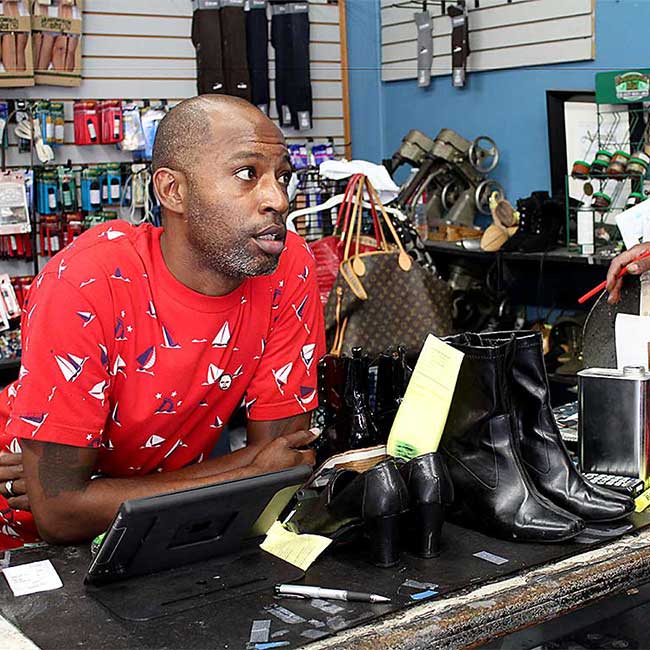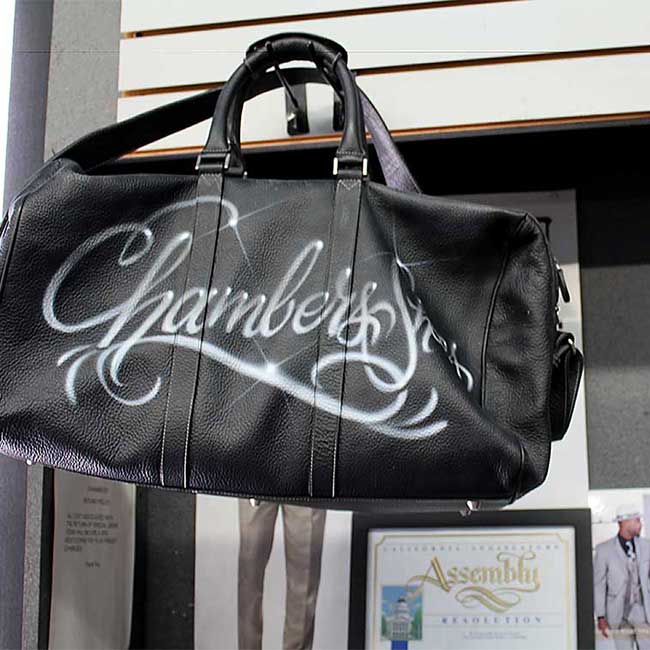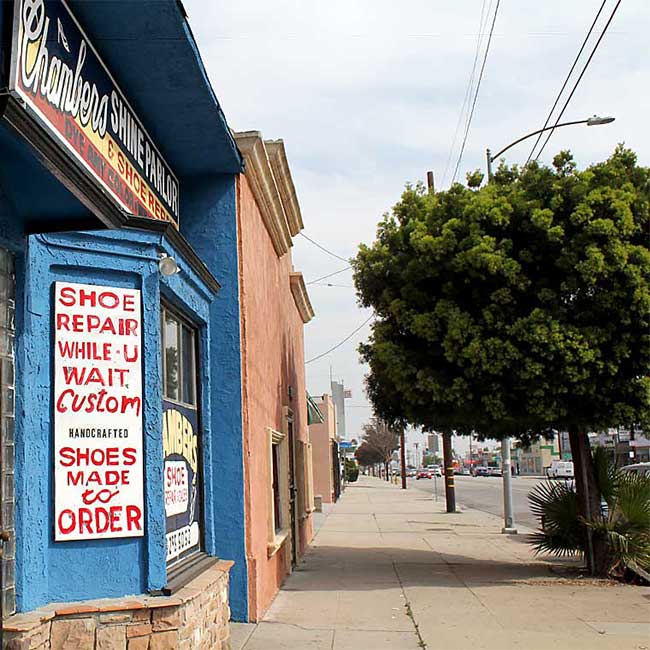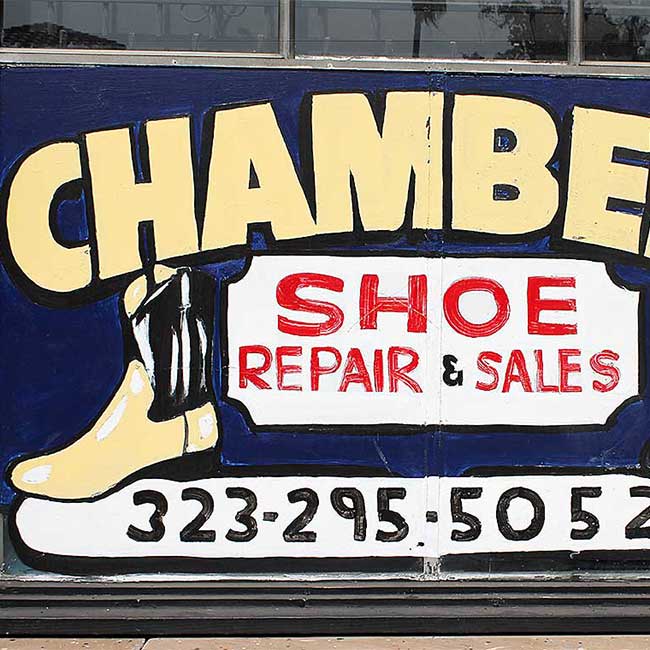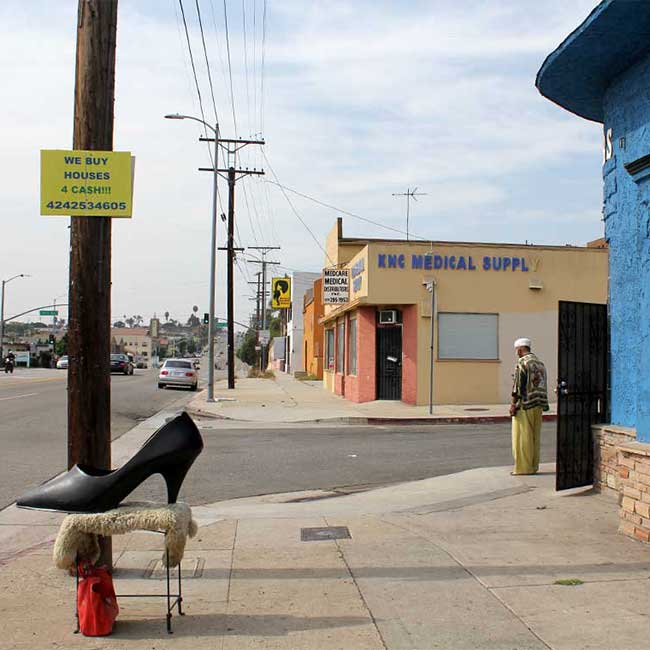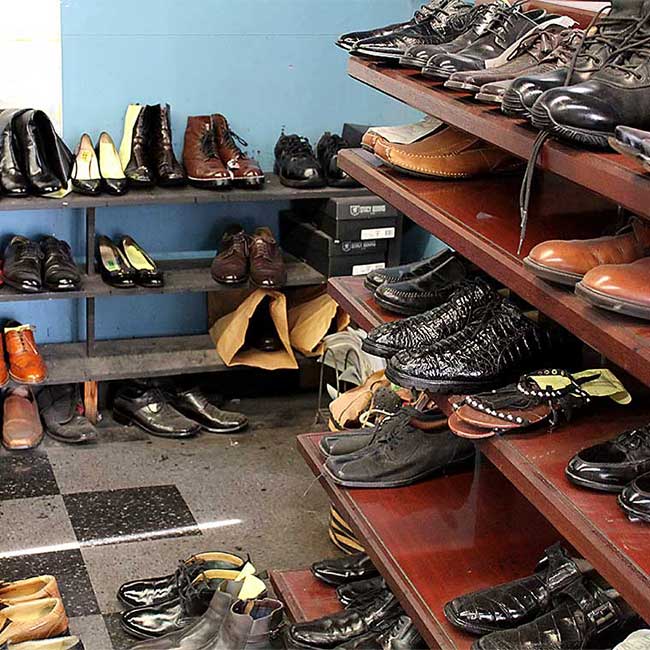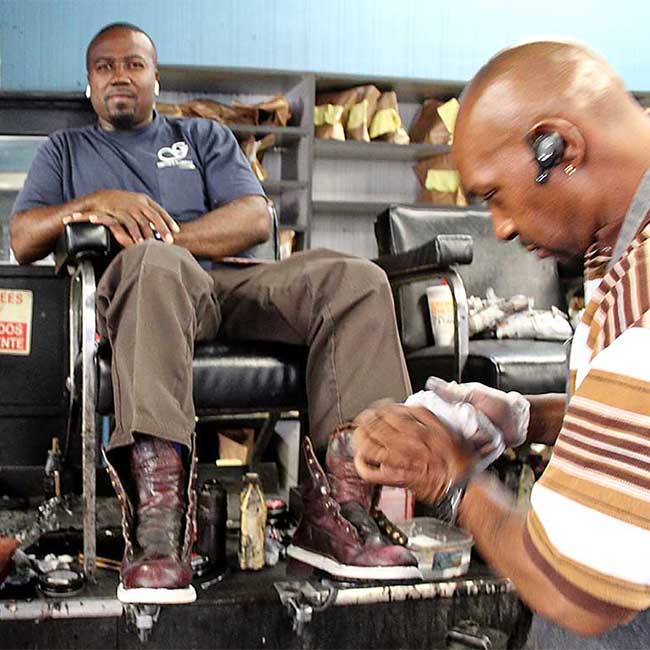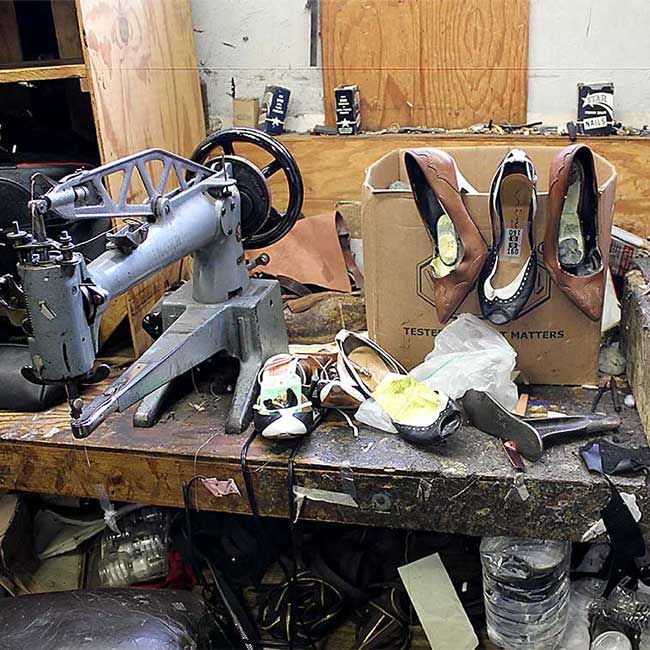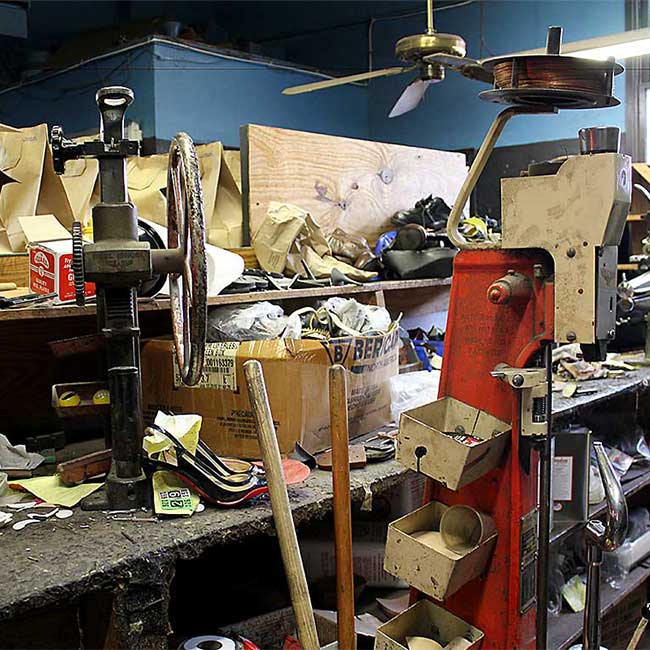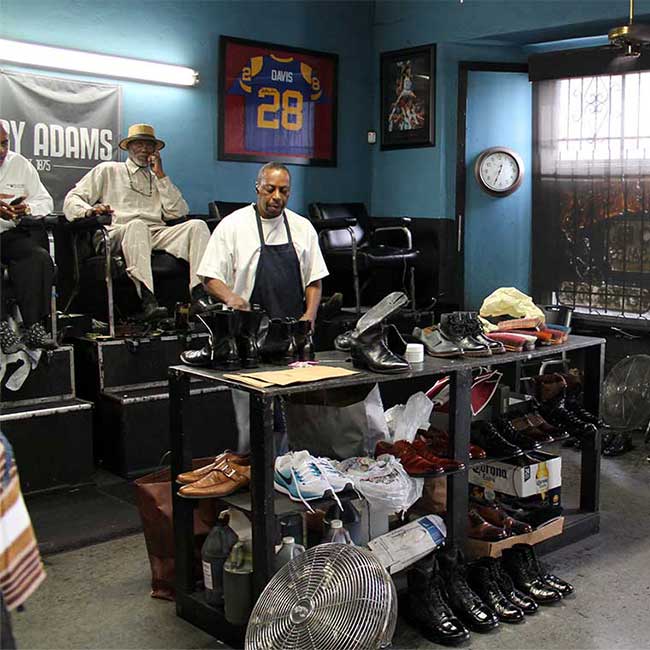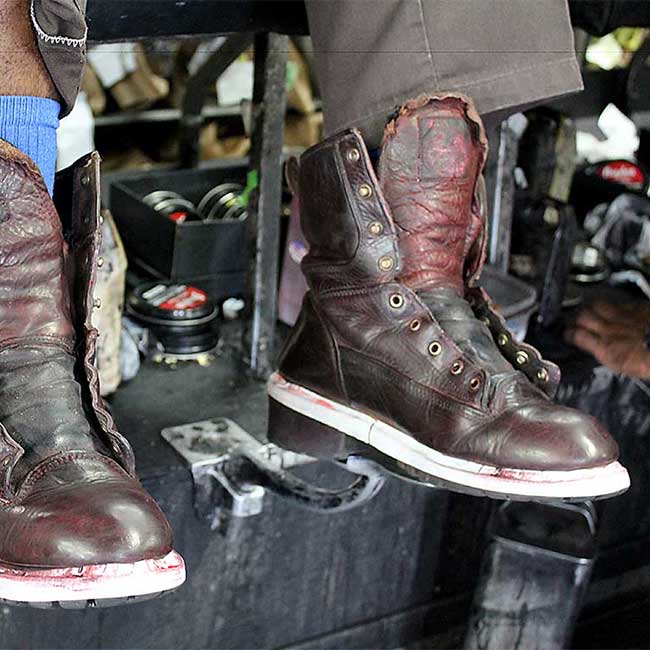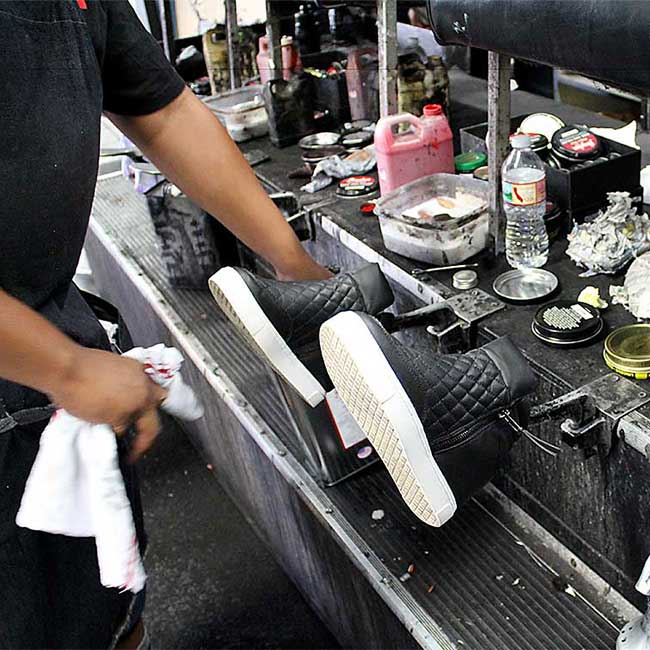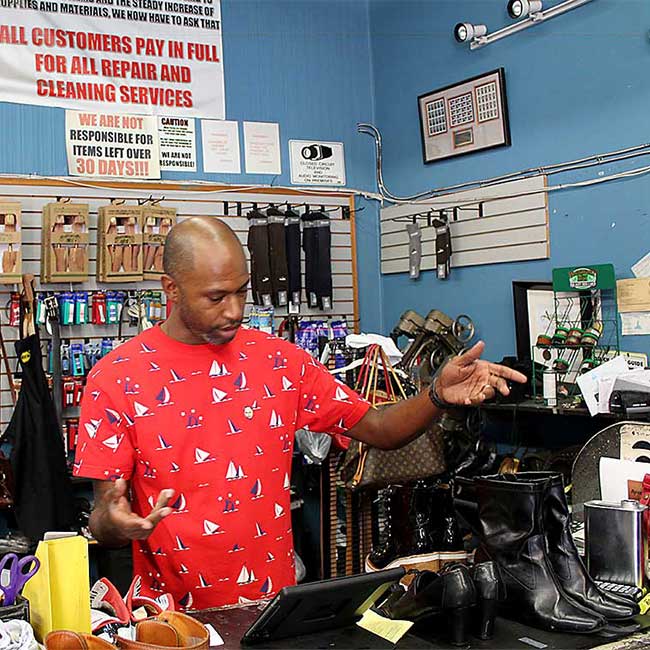Thirty minutes before the event’s start time, all the available seats were already filled with Issa Rae fans. Even standing room was scarce to see the creator and star of HBO’s hit comedy “Insecure” at USC on Monday, Nov. 13. Rae was at Wallis Annenberg Hall for a live interview with USC professor Taj Frazier, as part of Annenberg’s ongoing HBO Diverse Voices Forum series.
The actress shared with Frazier and the crowd about her life growing up in South LA, getting started in the television industry, and creating accurate depictions of the black experience in her HBO show “Insecure.”
“Shows always make Beverly Hills sexy,” said Rae. “Why can’t we do that for South Central?”
After moving to South LA’s affluent View Park-Windsor Hills neighborhood in sixth grade, Rae attended Palms Middle School, Brentwood Private School and King/Drew Magnet High School of Medicine and Science.
“The area I grew up in — on television South Central gets a bad rep. It’s like white characters going to the ‘hood’ hoping to not get shot,” she said.
Really enjoyed seeing .@IssaRae tonight at USC. So thankful to see her positively and creatively representing south central/windsorhills/inglewood etc. #SoExcitedToSeeUsTellingOurOwnStories 💫 pic.twitter.com/Un2n7UsELY
— ri. (@rioJACKK) 14 November 2017
“Insecure” is set in Inglewood, a city that borders several South LA neighborhoods. Fans praised Rae for portraying a multidimensional community, instead of perpetuating tired clichés about the area, like rampant crime and gang violence.
“It made South LA normal, not the imagined ‘hood’ that is often portrayed in movies,” said USC sophomore Chine Onuegbe of the show. “I think the representation was fresh and different, which is a good thing.”
Onuegbe’s sister showed her some of Rae’s YouTube videos years ago. She said she knew “Insecure” would be a hit as soon as HBO announced it was picking it up in 2016.
“She’s not just in it and writing cliché Hollywood stories,” said Heran Mamo, a USC journalism student who attended the event. “She’s telling the real deal about what it’s like to be black, to be a black woman, and to be in South LA. I think it’s incredible.”
If you're black and in South LA, you better know @IssaRae! Excited to see you at @USC this Monday
— heran mamo🎧 (@heranmamo) 11 November 2017
Making web videos jumpstarted Rae’s career. During her senior year at Stanford, Rae said, she wanted to make a mockumentary about the experience of being a black student at the prestigious university. That project turned into a web series called “Dorm Diaries.”
“From middle school on, I didn’t see any people on TV I could identify with,” said Rae. She said television typically depicted common black stereotypes. Rae changed that narrative when she began to creating her own shows.
“It was so beautiful to be on set and be able to look to people you don’t typically see in traditional TV and movies,” she said.
"@IssaRae really showed up for her speaking gig at USC in a Stanford hat and you know what, I respect it."
— McKenna Aiello (@McKennaAiello), November 14, 2017
Before “Insecure,” Rae declined network television offers for her YouTube series “The Mis-Adventures of Awkward Black Girl.” She said she didn’t want her work to be censored. A one point a friend convinced Rae to meet with a network interested in taking the series from web to TV, but it was a non-starter.
“It just affirmed what I thought early on just in terms of the fact that they didn’t understand it, they didn’t know what to do with the show,” said Rae. “There were these assumptions made by non-black people, non-black executives about what black people wanted to see.”
"There's so many people not hiring black writers because they don't trust them to write anything else... or even to write our own stories."
— IntersectionsSouthLA (@southlareport) 14 November 2017
Oneugbe considers Rae a role model for creative women of color, especially in the film and television industry. She praised Rae for “making waves in an industry where access is limited for those who are not privileged to have certain opportunities.”
Rae is both gracious and cautious in responding to that type of praise. “I don’t represent all black women,” she said. “I just represent myself, and that’s all I can do.”
Season 2 of “Insecure” premiered last summer to good reviews. The latest season explored what Slate.com called the “awkward, messy in-between stages of life,” including pregnancy, unexpected proposals and marriage.
Though fans asked at the event, Rae wouldn’t give any hints as to what is to come for the show’s upcoming third season.
Back in the writers room. Season 3. 😬 pic.twitter.com/gQLGDwWz3A
— Issa Rae (@IssaRae) 31 October 2017
In the meantime Rae will no doubt continue to destroy stereotypes, tell real stories and make waves in the industry.

